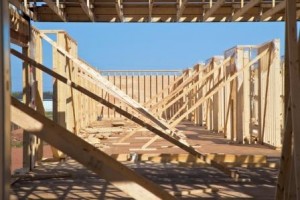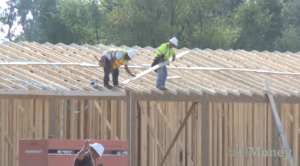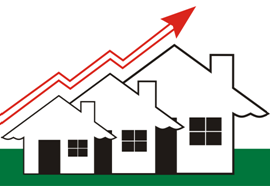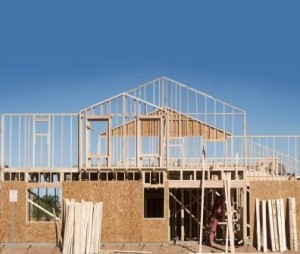Are large cities in your region among the top performing cities or among the biggest decliners? As the economy recovers, why have some cities led the way, while others struggle? What are the common denominators for biggest gainers versus biggest decliners? What impact will top performing cities have on local real estate markets around the country?
The Milken Institute, a nonprofit, nonpartisan think tank and economic analyst, measures the economic health of large and small metros each year. The result is a ranking by city of 200 major metros and 179 small cities in the annual Best-Performing Cities Report.
FINDINGS
Large metros with healthy job growth dominated the rankings. This year’s top spots went to cities blessed with technology centers, financial and insurance services, vast natural resources, and healthy concentrations of industry– especially manufacturing. Job growth promoted economic stability propelling housing demand and recovery for top cities.
TOP 25 BEST-PERFORMING LARGE METRO AREAS
According to Milken Institute findings, the 2012 top 25 performing large cities/ metro areas are:

Salt Lake City in Top Performing Cities
- San Jose-Sunnyvale-Santa Clara, CA
- Austin-Round Rock-San Marcos, TX
- Raleigh-Cary, NC
- Houston-Sugar Land-Baytown, TX
- Washington-Arlington-Alexandria, DC-VA, MD, WV
- Salt Lake City, UT
- Provo-Orem, UT
- Cambridge-Newton-Framingham, MA
- Charleston-North Charleston-Summerville, SC
- Fort Worth-Arlington, TX
- New York-White Plains-Wayne, NY-NJ

Boulder Colorado in Top Performing Cities
- Fort Collins-Loveland, CO
- Seattle-Bellevue-Everett, WA
- Dallas-Plano-Irving, TX
- Boulder, CO
- Kennewick-Pasco-Richland, WA
- Peabody, MA
- El Paso, TX
- Bakersfield-Delano, CA
- Lubbock, TX
- Durham-Chapel Hill, NC
- San Antonio-New Braunfels, TX
- Portland-Vancouver-Hillsboro, OR-WA
- Lafayette, LA
- Knoxville, TN
To see how all 200 metros ranked, or to download the full 200 large cities ranking report, visit the Milken Institute.org.
To conduct property searches in cities throughout the nation visit FirstPrestonHT.com or BidSelect.com
For real estate portfolio management and real estate technology solutions, visit FirstPrestonHT.com
Source: Milken Institute. Best-Performing Cities 2012. Ross C. DeVol, Armen Bedroussian, Yu Liu. January 2013.




 The February Housing Starts Summary demonstrates a continuation of the trend seen over the past two years—rising prices, increased housing starts and permits, with decreased time on market for resale homes. In short, the housing comeback is gaining steam and on track for future growth. Consumers and builders alike are taking notice.
The February Housing Starts Summary demonstrates a continuation of the trend seen over the past two years—rising prices, increased housing starts and permits, with decreased time on market for resale homes. In short, the housing comeback is gaining steam and on track for future growth. Consumers and builders alike are taking notice.



